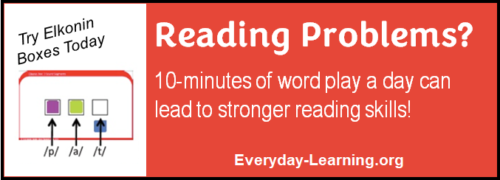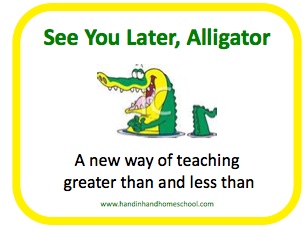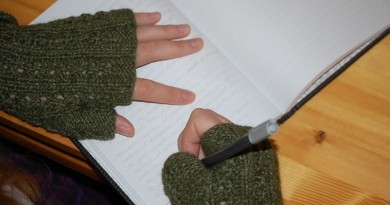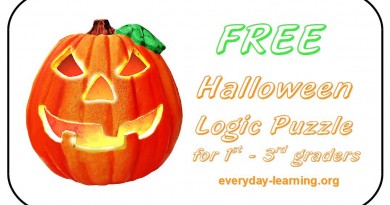Playing With Words
The process of learning how to read begins long before kindergarten, phonics instruction, and Bob Books. Playing with words and sounds is an essential part of the 5-step reading process. Other pre-reading skills include:
- Differentiating between the many different sounds that make up our language
- Knowing that symbols – or what we call “letters” – can represent words and have meaning
- Retelling a story to include a beginning, middle, and end
- Understanding that words are read from left to right; and
- Building a large vocabulary to express ideas and concepts
We have a fancy word to describe the skill for learning about the sounds that make up the English language: Phonological Awareness. It might sound intimidating, but Phonological Awareness is about learning to identify syllables (clapping out the word al-pha-bet); rhyming words; playing alliteration games (Peter Piper picked a peck of pickled peppers); and eventually learning to manipulate or play with sounds within words.
In other words, teaching pre-reading skills is really just learning how to play with oral language – and learning to associate happy, confident feelings with the process. Teaching pre-reading does not require an expensive curriculum. It’s a skill set that can be easily worked on as your driving in your car or preparing lunch.
As kids develop Phonological Awareness, they work backwards from thinking and using whole words to working on phonemic sounds – the smallest units of sound we use in our language. We might have 26 letters in the American alphabet, but we have around 46 phonemes that we use to pronounce our words with. A phoneme sound may be the buh sound in the word boy or baby. It can also be the long-a sound in words such as day, bait, game, and weigh.
Even though Phonological Awareness skills are taught in the absence of printed words, there is a handy tool you can use to help kids stay focused on the task of playing with their sounds.
An Elkonin box (named after the psychologist who developed the instructional tool) is a simple series of 2-, 3-, 4-, or 5- boxes drawn on a piece of paper. As a child breaks a word down into its basic sound components, a single colored chip or lego block is placed in each box. For example, the word “cat” is made up of 3 sounds:
Remember, Phonological Awareness is different from spelling. Even though the word “white” is spelled with 5 letters, it is only represented by 3 sounds:
Playing With Words: Elkonin Box in Action: Initial Consonant Deletion Task
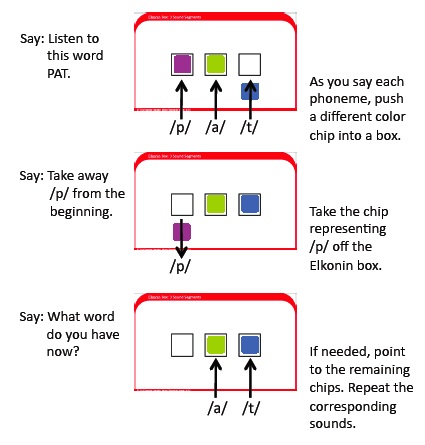
When you work on Phonemic Awareness (a subset of Phonological Awareness skills), you want to take your time so your child can master one skill set before moving on to a more difficult level. The order of tasks that you’ll move through, from easiest to hardest, are:
- Phoneme Segmentation
- Phoneme Identification
- Phoneme Blending
- Phoneme Deletion
- Phoneme Substitution
Elkonin boxes are a great tool for developing essential pre-reading skills. They can even be used with struggling readers who need to revisit basic reading skill building, while also building their confidence that they can be successful with words.
Check out Everyday Learning’s Elkonin Task Cards for 625+ words, grouped into targeted phonemic skill building sets.


